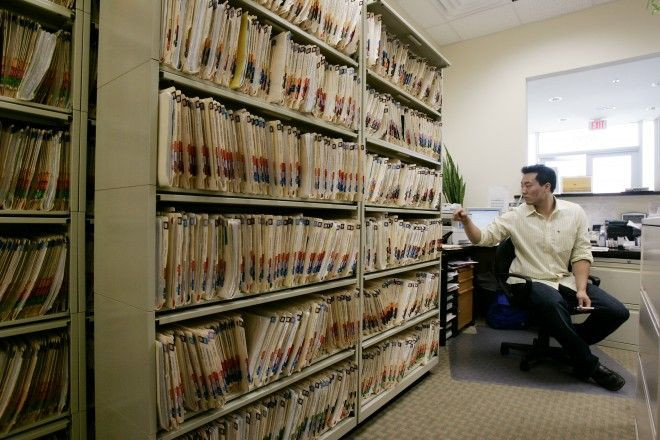Health in 2012: Lessons from the Previous Year

Are you losing some extra pounds, overworked, hungry, and caring for an ailing family member? Congratulations, you are the modern American of 2012.
A collection of Gallup polls conducted throughout the year shows Americans enduring a mixed bag of travails in the ongoing battle for good health. The outlook is decidedly far from good. Here are the top five health issues facing America in 2012:
5. Buy a treadmill (or move to Colorado)
The percentage of obese Americans dropped by the third quarter of 2011, though the number of people flaunting six-pack abs did not increase substantially. According to a Gallup poll, more Americans are normal weight than overweight for the first time in three years, by a scant fraction of a percentage point margin. The percentage of obese Americans also dropped slightly, to 25.8 percent.
The numbers are a welcome turn for a nation known as the fattest on the planet, but a long road remains if we are to reduce the numbers of our overweight or obese masses, who still hold a majority at 61 percent.
The drop could be attributed to several factors, including growing emphasis on healthy eating, first lady Michelle Obama's Let's Move! campaign and the U.S. Dept. of Agriculture's revised food pyramid.
The switch between overweight and normal weight rates mirrors a drop in the number of Americans who can afford food, which dropped to 79.8 percent, nearing a record set in November 2008. It reflects a record low in the percentage of Americans able to meet basic needs (food, shelter and health care).
None of this overweight business seems to apply to Colorado, which had the lowest obesity rate of any state, at 20.1 percent.
4. Help the economy and get healthy
An unhealthy workforce is costly, to the tune of $153 billion, according to Gallup. Workers who are overweight, obese or have chronic health conditions end up missing 450 million more days on the job than their healthier counterparts. That does not include presenteeism, which we all know more colloquially as I'm not doing any work today syndrome. That lost productivity amounts to beaucoup bucks for the economy.
Healthy workers end up missing four days of work, on average, per year. Yet they account for only 14 percent of the workforce. The remaining group, depending on how unhealthy, can accrue up to 42 days of missed work per year. By some other measures, lost productivity can cost the economy $1.1 trillion a year. Clearly, one of the best ways to help decisively end the recession is to put down the smokes and deep fried bacon and hit the gym.
3. Make sure your employees have health insurance, as well as their kids
The year marks a continuing decline in the number of employers providing health insurance to their workers. The new figure, at 44.5 percent, represents a low since Gallup started tracking Americans' health insurance sources since 2008. The drop of 5 percentage points since 2008 coincides with a 3 percent increase in the number of uninsured Americans, currently at 17.3 percent.
By the same measure, the number of Americans on government-subsidized plans has maintained its steady rate of about 25 percent.
The trend does not carry over to the younger Americans ages 18-to-25, which have maintained a steady rate of 24 percent, after the new health insurance law (derided as Obamacare) allowed people to stay on their parents' plans for longer.
2. Stop suffering at the lower income levels
Gallup found that 4 percent of Americans consider their life to be so poor they are suffering, a new high since March 2009. The figure is based on responses to questions about current situations and future expectations on a 1-to-10 scale, which in the aggregate produce classifications like thriving or struggling. Respondents who rate their current and future lives at 4 or less fall into the suffering category.
The relatively low figure is misleading, as a distinct gulf lies between lower and higher earners, with respective 8.1 percent and 1.6 percent rates of suffering. Want to end suffering? Raise income across the board.
1. Find a stress-free job, fast
Unemployment still being an issue, Gallup found that the longer Americans look for jobs and endure the machinations involved, the more likely they are to be suffering. Prolonged joblessness has been associated with anger, depression, sadness, stress and worry. The figures get worse for those lacking hope that they'll find a job.
But beware of which job you take. According to Gallup, having no job is better than having a poor one. Engaged workers -- ones genuinely enjoying their work -- fall into the thriving category to the tune of 71 percent. Disengaged workers consider themselves to be thriving 42 percent of the time, less than the unemployed, 48 percent of whom are thriving.
The overall message is clear: find a job quickly, but make sure it's the right one.
© Copyright IBTimes 2024. All rights reserved.




















